Trump's reversal and the concept of 'golden stocks'
On June 13, US President Donald Trump signed an executive order approving the acquisition of US Steel by Nippon Steel, Japan's largest steel corporation, for $14.9 billion.
The decision marks a turning point after a tumultuous 18 months, when the deal faced union opposition, two national security reviews and harsh criticism from Mr. Trump himself during the 2024 campaign.
With tight security conditions and a "golden stock" mechanism, the deal is not only an economic transaction but also has far-reaching strategic significance.
US Steel, an American industrial icon with a history spanning more than a century, was the world's most valuable company in 1901. However, the US steel industry has declined significantly since World War II. US Steel is also facing financial difficulties, with its aging plants requiring major investments to modernize.
Meanwhile, Nippon Steel - the world's fourth largest steelmaker, sees opportunities to expand in the US market, especially amid rising demand for high-quality steel thanks to infrastructure projects.
During the 2024 election campaign, Mr. Trump repeatedly opposed the deal, emphasizing that US Steel must be owned by Americans. He once stated on Truth Social: “I am totally against US Steel being bought by a foreign company, in this case Nippon Steel of Japan.”
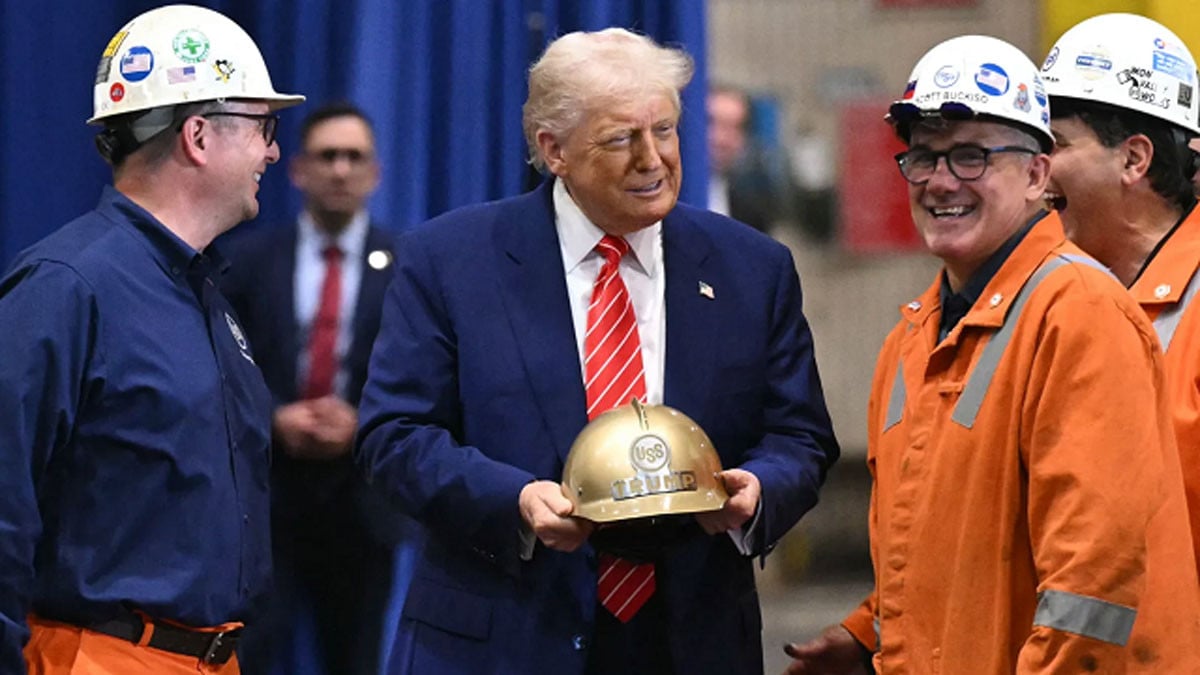
However, after taking office, Mr. Trump's stance changed. On May 23, he reversed and announced that this "partnership" would create 70,000 jobs and contribute $14 billion to the US economy.
The most notable point in the deal is the concept of “ golden shares”, a mechanism that allows the US government to maintain control over some strategic decisions of US Steel. This could be the appointment of board members or ensuring that production levels are not cut, merged, dissolved, or transferred...
The deal reflects a balance between economic interests and national security. By imposing conditions, Mr. Trump appears to have transformed what was once seen as a “sellout” of an American industrial icon into a strategic “partnership” that both protects American interests and strengthens relations with Japan, a key ally in dealing with competition from China.
Efforts to revive the US economy
During the first five months of his second term, President Trump has implemented a series of economic policies to fulfill his commitment to “ Make America Great Again ,” especially in the context of fierce competition from China.
The Nippon Steel-US Steel deal is just part of his larger strategy to restructure the US economy, increase domestic production and reduce dependence on strategic rivals.
One of the notable moves was Mr. Trump's increase in steel import tariffs from 25% to 50% to protect the US steel industry from foreign competitors, especially China.
Mr. Trump's reciprocal tariff strategy is not only aimed at steel but also extends to other industries, with the goal of forcing foreign companies to move production to the United States.
In a speech at the US Steel plant in West Mifflin, Pennsylvania, Trump stressed: “We do not want America's future to be built with shoddy steel from Shanghai.”
However, this policy is also controversial, as steel prices in the US have increased significantly since he took office, increasing costs for steel-dependent industries such as construction and energy.
To stimulate domestic economic growth, encourage US businesses to expand production, and attract foreign investment, Mr. Trump extended the 2017 Tax Cuts and Jobs Act through 2025, and proposed further tax cuts to boost consumer spending and investment.
The White House chief has also focused on developing artificial intelligence (AI) and reducing federal regulations to create a favorable business environment. He has signed executive orders to promote investment in AI, including partnering with companies like Japan's SoftBank on the Stargate project to build AI infrastructure in the US.
These moves are aimed at ensuring the US maintains a competitive edge in high technology over China.
Mr. Trump has declared a “national energy emergency,” promoted oil, coal, and natural gas extraction, and withdrawn the United States from the Paris Climate Agreement in an effort to reduce energy costs for heavy industries like steel, increasing American energy independence. However, they have also raised concerns about environmental impact and long-term dependence on fossil fuels.
Rather than completely decoupling, Trump appears to be pursuing a strategy of reducing dependence on China, particularly in areas such as semiconductors, AI and rare earths.
The recent US-China talks in London reached some agreements, in which China agreed to diversify its export markets to reduce its trade share with the US. This shows that Trump is looking to balance competition and cooperation with China to protect US economic interests.
It can be seen that Mr. Trump's economic policy reflects a pragmatic approach: combining protectionism with selective encouragement of foreign investment. The Nippon Steel - US Steel deal is a clear example. Instead of banning, Mr. Trump imposed conditions to protect American interests, while taking advantage of Japanese capital and technology to modernize the steel industry.
This not only helps maintain jobs in Pennsylvania but also strengthens the US-Japan alliance in an effort to counter China, which is stepping up “economic diplomacy” to weaken US steel production capacity.
But Trump’s policies also face challenges. High tariffs could raise domestic production costs, putting pressure on other industries. The success of Trump’s policies will depend on balancing protectionism with global integration, as well as his ability to address domestic economic and political risks.
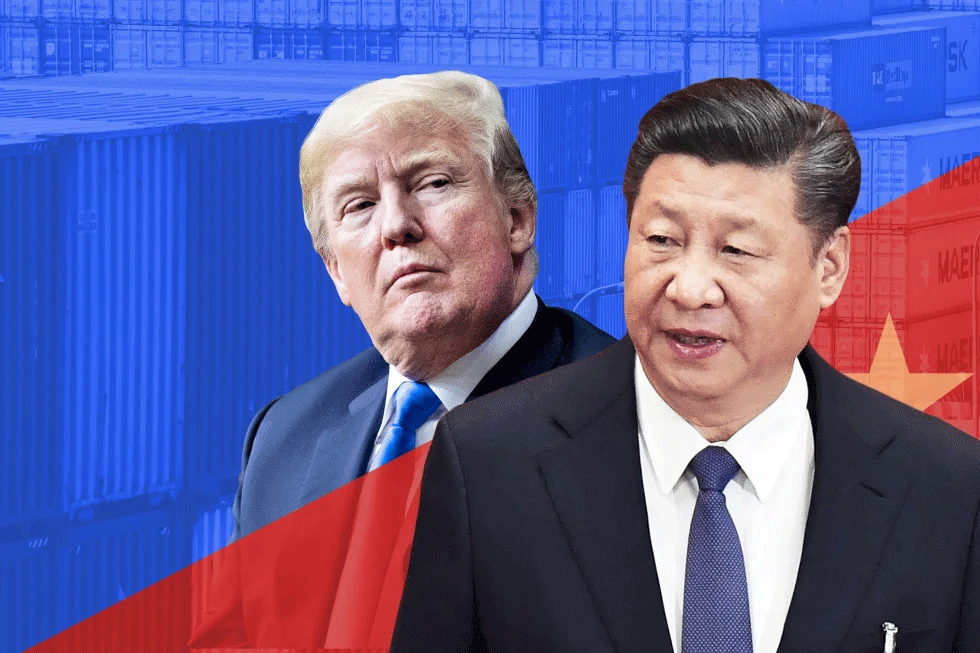
Source: https://vietnamnet.vn/chap-thuan-vu-ban-re-bieu-tuong-cong-nghiep-quoc-gia-ong-trump-tinh-gi-2411638.html






![[Photo] Prime Minister Pham Minh Chinh chairs a meeting of the Government Standing Committee to remove obstacles for projects.](https://vphoto.vietnam.vn/thumb/1200x675/vietnam/resource/IMAGE/2025/10/06/1759768638313_dsc-9023-jpg.webp)

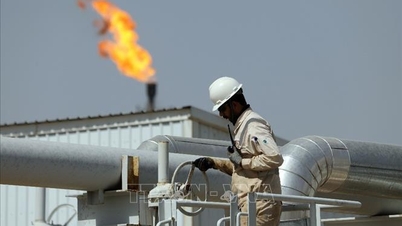

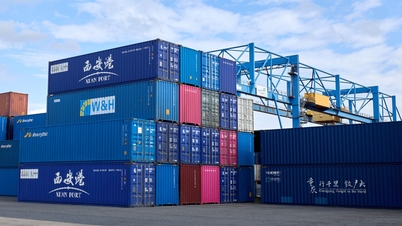
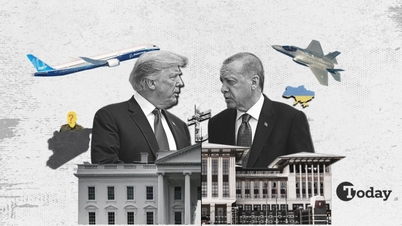

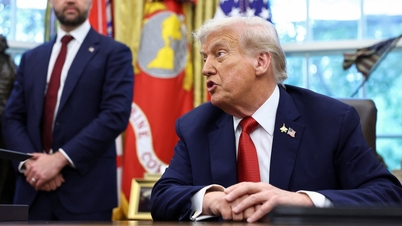

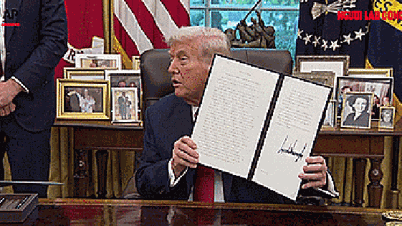

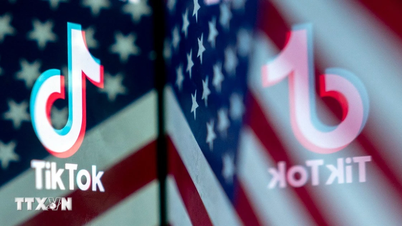













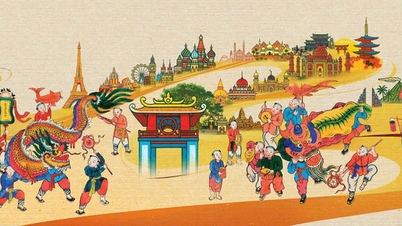
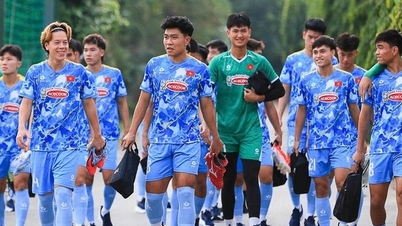













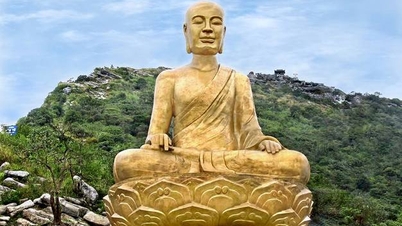



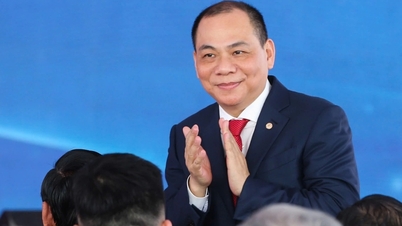
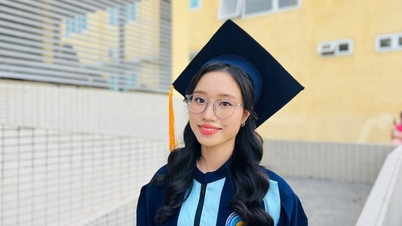

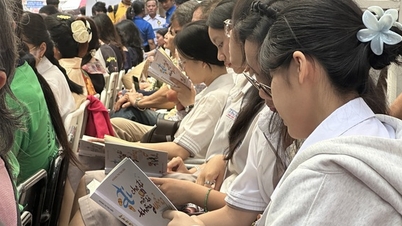
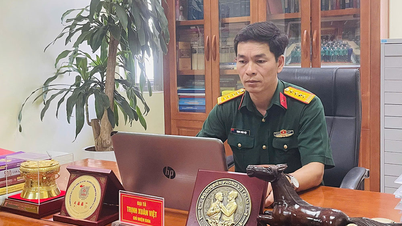









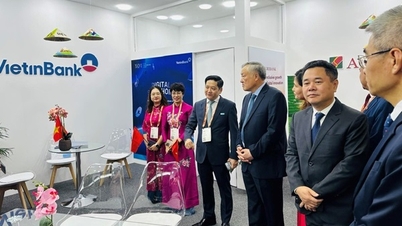










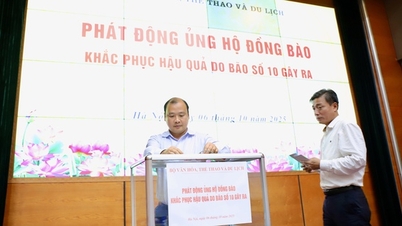







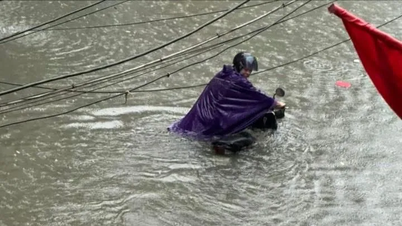



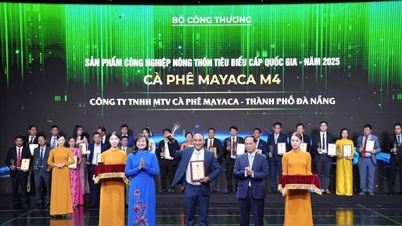
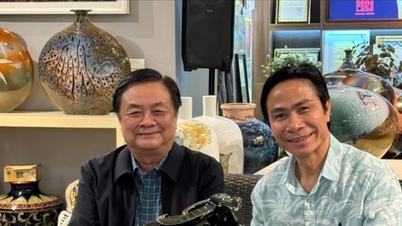

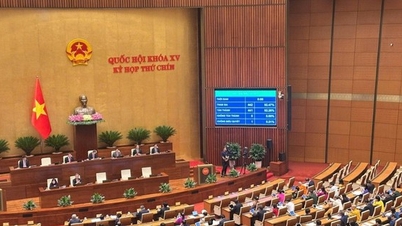

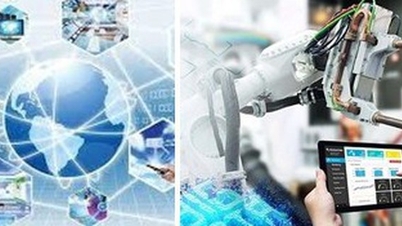
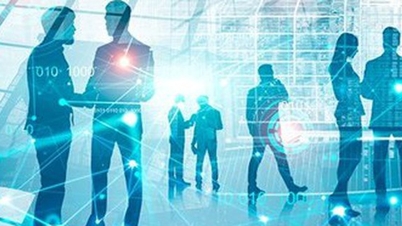
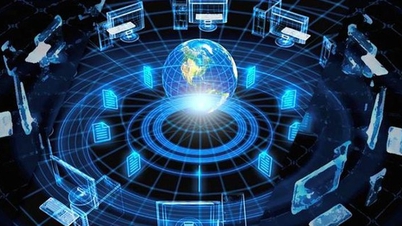





Comment (0)